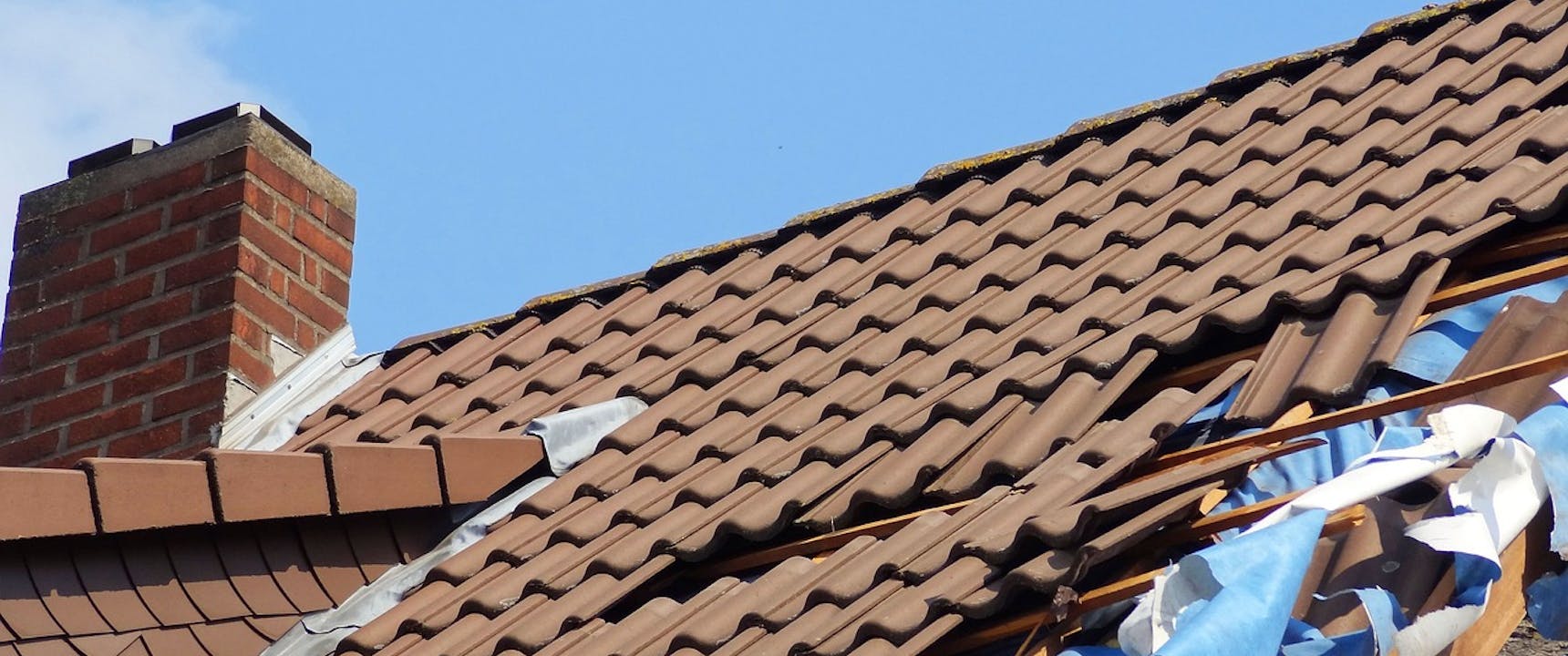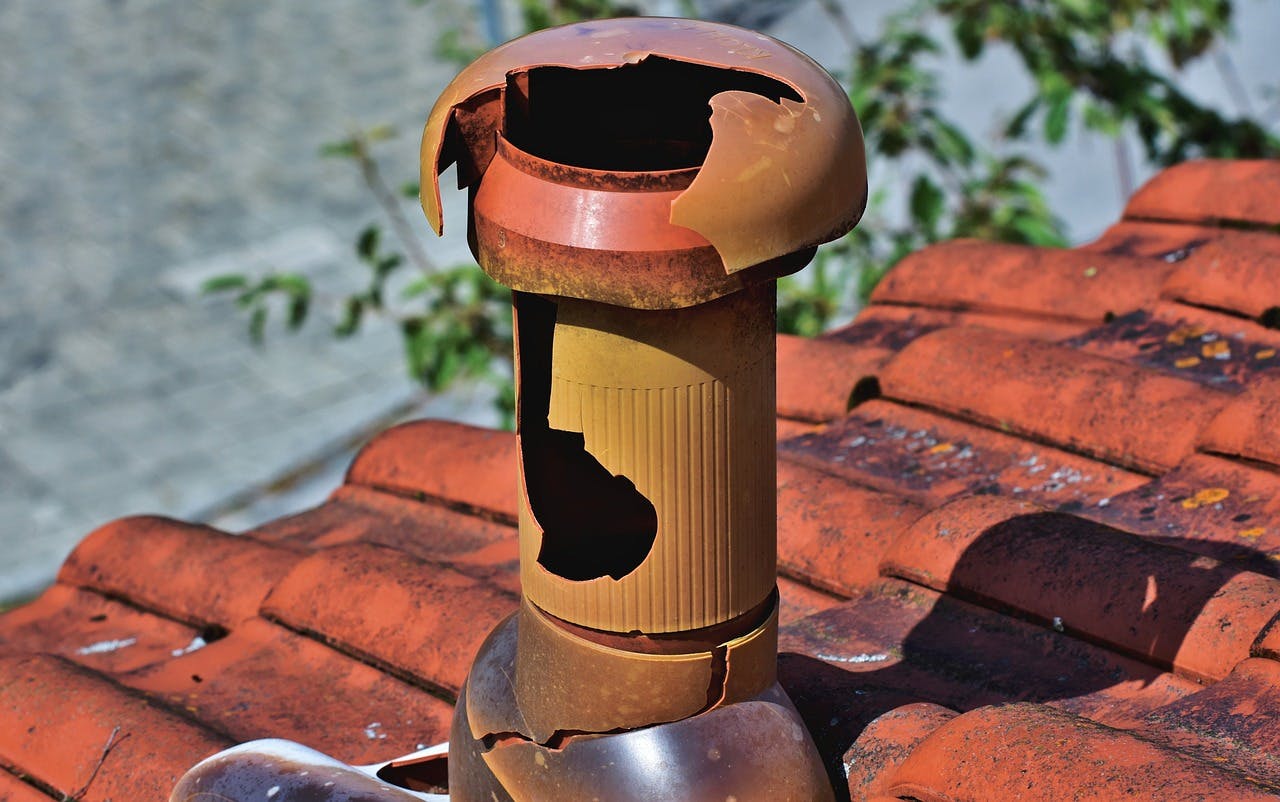How Bad Weather Can Impact Your Roof
By
Storm Guard

Your roof not only protects you but your entire home from every element of the earth. But unfortunately, bad weather can take its toll on even the strongest roofs. In this blog, we'll explore the different ways that bad weather can impact your roof and what you can do to prevent and repair the damage.
Wind Damage
Strong winds can cause damage to your roof in several ways. High winds can cause shingles to lift or even blow off completely, leaving your roof vulnerable to leaks and further damage. Wind can also damage your roof's flashing, which is the material used to seal the openings, seams, and joints of your roof. Without proper flashing, wind-driven rain, hail, and even snow can seep into your home.
Sun Damage
It may not be as obvious as wind or hail damage, but the sun can have a lasting effect on your roof. Ultraviolet rays from the sun can cause shingles to become brittle and crack over time. This damage can be particularly hard to spot, but if left unchecked, it can lead to leaks and extensive roof damage.
Snow and Ice Damage
The weight of snow on your roof can put a strain on even the strongest structures. Snow accumulation can lead to roof collapse if it's not removed promptly, especially in areas of heavy snowfall. Ice can also lead to damage when it forms in the gutters and on the edges of your roof, causing the roof to become weighed down and damaged.
Hail Damage
Hail can cause significant damage to your roof, including dents, dings, and even holes. This damage can be hard to spot from the ground, but if you suspect that your roof has been damaged in a hailstorm, it's important to get it inspected promptly. Hail damage can worsen over time, causing leaks and further damage to your home's interior.

Tornado Damage
Tornadoes are known for their destructive power and can wreak havoc on your roof. High-speed winds can tear shingles off of your roof, damage flashing, and even cause the roof to lift entirely off of the house. In some cases, debris, such as tree branches and other projectiles, can pierce through the roof, leading to extensive damage.
Rain Damage
Rain can also cause significant damage to your roof over time. Water can seep into the cracks and crevices in your roof, leading to mold growth and water damage in your home's interior. If you notice leaks or water stains on your ceiling after a heavy rainstorm, it's important to get your roof inspected promptly.
Humidity Damage
Humidity can lead to the growth of mold and mildew in your home's attic and between the layers of your roof. This can lead to extensive damage if left unchecked, requiring expensive repairs and even posing a health hazard to you and your family.
Tile Roof Damage
If you have a tile roof, damage can occur in several ways. Tiles can become cracked or broken from impact, leading to leaks and water damage. Additionally, tiles can become dislodged by strong winds or impacted by falling debris, compromising the structural integrity of the roof.
Shingle Roof Damage
Shingle roofs can become damaged from every element listed above. Strong winds can lift or tear shingles, causing them to become dislodged. Sun damage can cause shingles to become brittle and crack over time. Additionally, hail and other falling debris can damage shingles, leading to leaks and further damage.
Trust The Professionals
At Storm Guard Roofing and Construction, we understand the importance of a properly functioning roof. Our experienced team can provide a full inspection of your roof to assess any potential damage. We specialize in repairing and replacing roofs damaged by all types of bad weather, including wind, sun, snow, ice, hail, tornadoes, rain, and humidity. Whether you have a tile roof or a shingle roof, we have the expertise to fix any damage and restore your roof to its original condition.

